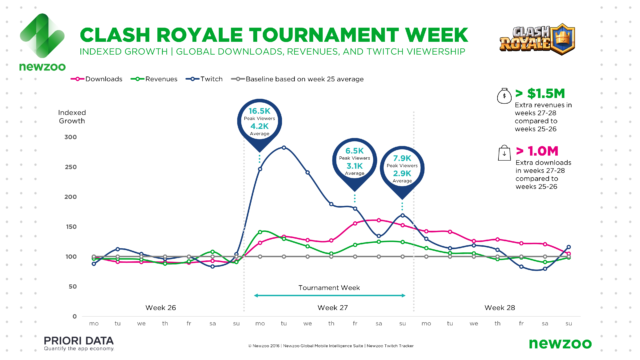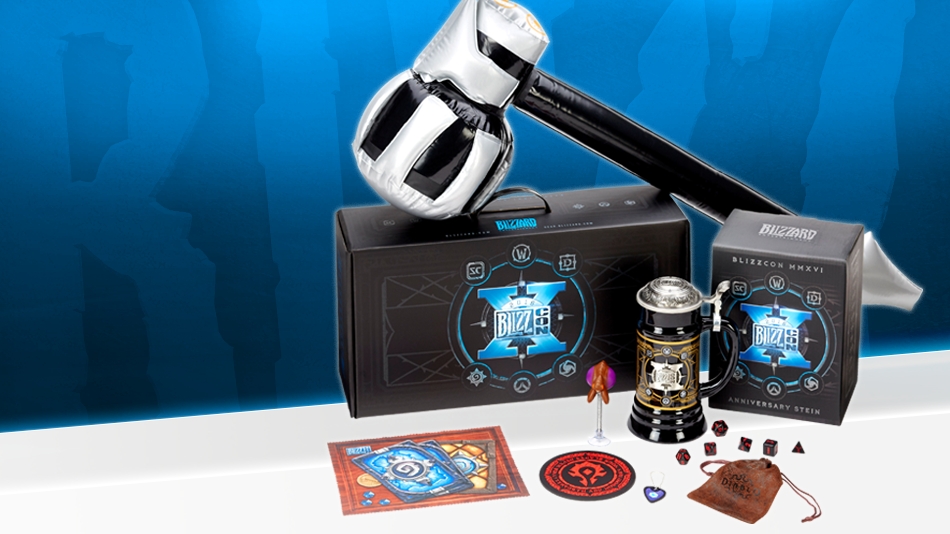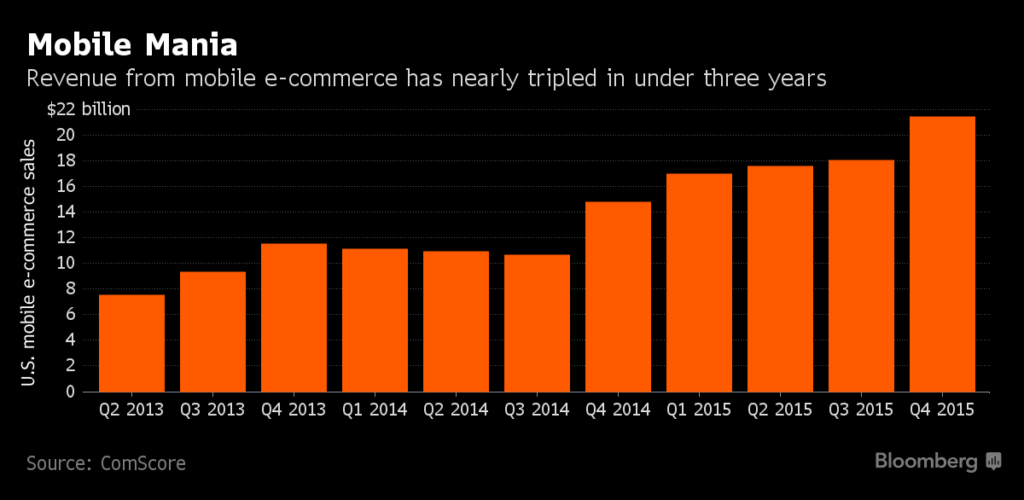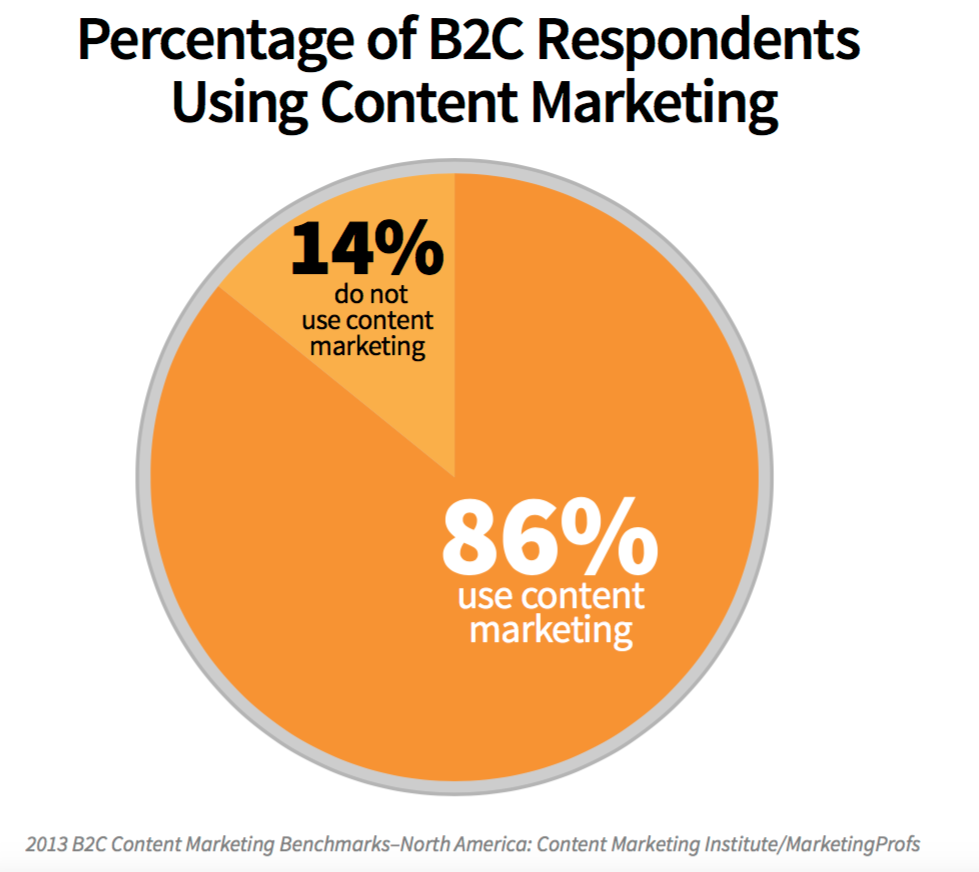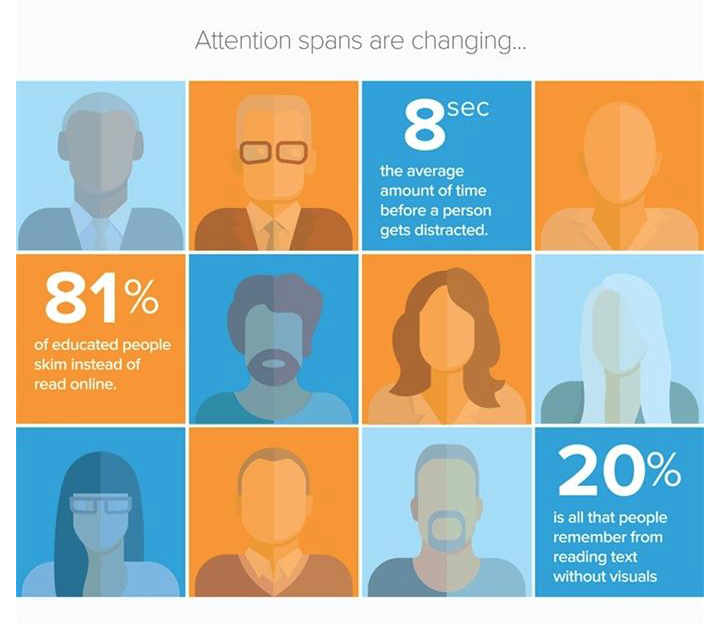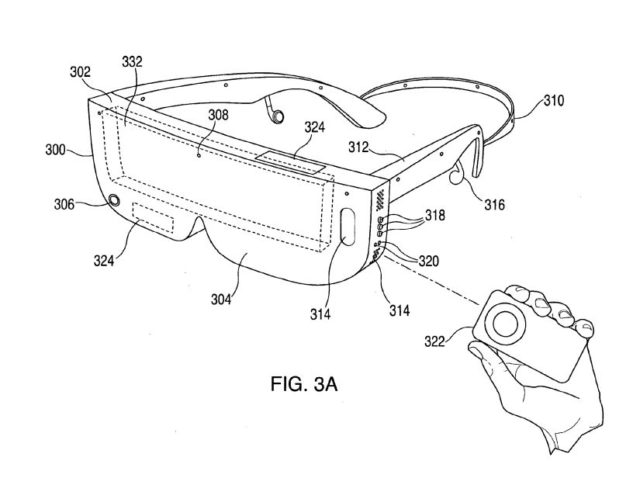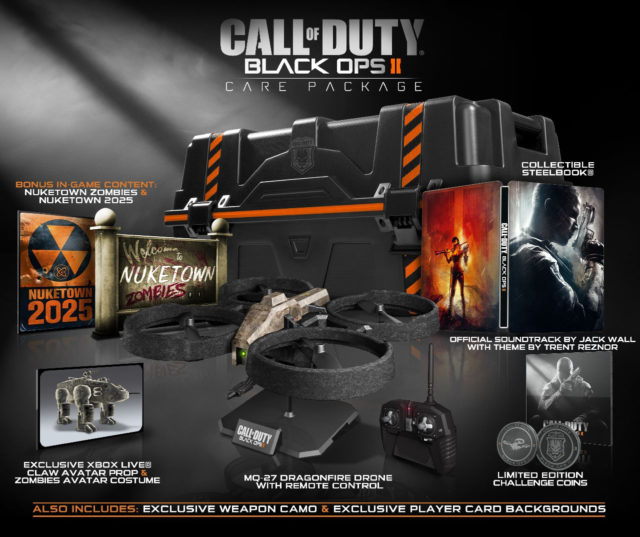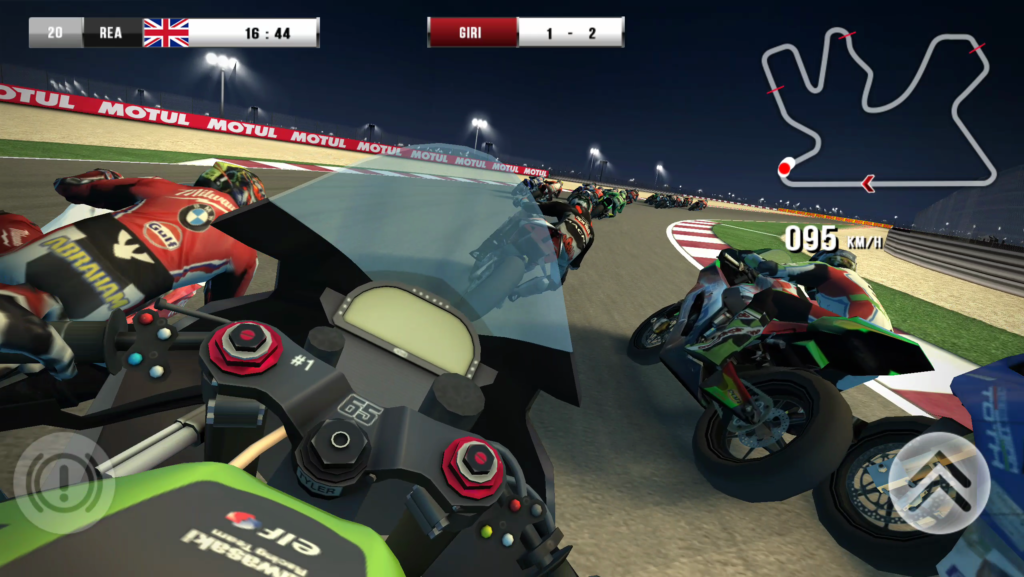Epson is having a coming out party of sorts to let everyone know that they’ve long shed their image as your father’s favorite printer maker. One way the company is furthering its foothold in tech is through augmented reality.
AR—by way of the overnight sensation Pokémon GO—is certainly stealing headlines from the nightly news to The New York Times and all the way down to the mommy blogger as the next “it” thing, forcing brands to quickly react and pivot to get a piece of the proverbial pie. Nintendo’s stock suddenly skyrocketed by an excess of $7.5 billion, but as industries like automobiles have proven over time, the consumer applications have been open for the taking for a long time.
On the other hand, on lands far away from Lickitung, the likes of Epson are positioning themselves as leaders in AR through smart eyewear. Epson believes display technology—colloquially known as the fourth screen—will soon dominate the electronics industry.

One way the providers of the Moverio AR platform are
staying ahead of the curve is by teaming up with cutting-edge app developers to showcase mobile phone mirroring, 3D AR shopping, indoor location tracking and more.
Start-ups like AR-Cadia use Epson’s flagship product in the Moverio BT-300—which enables transparent, mobile AR for businesses and consumers, and is set for a fall release—to bring mobile phone apps to life. From social media sites to streaming video services, the AR-Cadia software allows mobile apps to be enjoyed privately through a large, transparent display in the user’s field of view; users can also “pin” apps, web pages or 3D images as “holograms” to targets in the physical world.
In May, Epson joined forces with Super Ventures on a $10 million AR incubator that will provide entrepreneurs with pre-production versions of its Moverio device and work with Super Ventures in discovering new companies like AR-Cadia.
By June, Epson was commanding primetime real estate—and serious attention—at the Augmented World Expo in San Jose, California, where they partnered with Atheer to deliver remote collaboration and task flow deployment on the Moverio platform. The collaboration enables solutions for enterprises that are ready to be implemented and is part of Epson’s ongoing strategy to leverage their smart eyewear.
“Our AiR Suite for Enterprise on the Epson Moverio platform can deliver easy collaboration, management and rapid task flow creation and deployment to ‘deskless’ professionals in the industrial space,” said Ryan Fink, vice president of business development for Atheer. “By leveraging the robust features of Moverio smart eyewear, we can offer an efficient wearable computing solution that makes hands-on work easier and safer.”
Michael Leyva, product manager at the Long Beach, California-based Epson America, joined [a]listdaily to further discuss the company’s efforts in the field of AR.

What prompted Epson to embrace AR?
It’s a question everybody asks. They go, ‘Epson … Aren’t you guys a printer company?’ And it’s a very valid question. What most people don’t know is that Epson is more of an overall technology company. Our parent company in Seiko Epson Corporation in Japan makes a lot of different products that nobody sees, like internal components that we license to other companies, like the original iPhone screens, or motion sensors for the Nintendo Wii. A lot of people have no idea that there are Epson parts in there helping drive technology.
With regard to AR glasses in particular, there are two things that made it a natural extension for Epson. One is that our most dominant market is projectors. Epson has roughly 40-to-50 percent market share. You can imagine that with glasses, the technology from projectors was taken and used in a new way. The glasses have micro-projectors on each side, or ‘leg’ of the glasses that if we produce an image, it’s refracted back and forth through the prism, or the optic wave guides it until it reaches the prism, and then you get the virtual screen that you’re looking at. Second is that Seiko Epson, which also makes Seiko watches, is great at precision manufacturing, a process in and of itself that we have patents on and mass produce in.
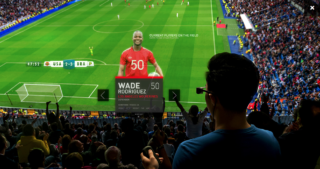
What are some applications brands can use with Epson’s AR hardware to connect with consumers?
Our colleagues in Europe have had tremendous success in the B-to-B-to-C market with tour guide companies, or integrators in museums who build software. Let’s say you’re at in an attraction in Italy and want real-time translations, subtitles, or some sort of visual information to accompany the tour—digital information can now be overlaid on the real world. In the US, we’ve rolled out some experiences with sports teams where you get real-time analytics and information while watching a game. It’s been great for fantasy football, so you don’t have to look down on your phone. In general, enterprise is very much a work tool where you’re really trying to bring information to the forefront.
How has Moverio made its way into drone racing to help pilots? How are you furthering the growing industry?
There is a very defined reason to wear it. With something like our DJI Phantom 4 Camera Drone, the use-case that we’ve really built out with drone pilots, the biggest issue they have is when they use their phone or tablet to connect it to the holster on their controller, it gets washed out in bright sunlight. It can be very hard to see the screen at times. Another issue is that they’re looking down at their controller to get real-time telemetry information and video stream from the camera. That means they’re looking down, and not at their drone. What the glasses enable is that instead of having the info on your phone, you have it directly in the field of view.

What are the gaming and eSports applications?
Gaming is a fun one. It’s one for us that people might not buy the product right away as a gaming device, but if they buy it for drone racing, and they later want to go home and play games on it, it’s a great second-use case scenario. With gaming, the key is that you want the content to have some interaction with the real world. If you think about the mobile experiences, they’re often using multi-touch. With glasses, the great thing is that you can still interact with the real world since it’s transparent. You don’t want for the game to be confined to the screen. We’re hoping people can build experiences similar to mobile and tablet that are a little less power hungry.
How do you see the next handful of years developing for the AR industry?
That’s everyone’s million dollar question—‘when will AR really hit with adoption?’ We’re seeing 2016 as the year with a lot of virtual reality momentum. You have all of the big headset manufacturers launching their products this year. We think VR has that chance first. AR is a little behind on that curve. Maybe a year or two from now. Epson has seen a lot of adoption. I’m not promising millions by any means, but we’ve sold a lot of units. We encourage to use AR hardware when they have an exact reason to do so.
Follow Manouk Akopyan on Twitter @Manouk_Akopyan
